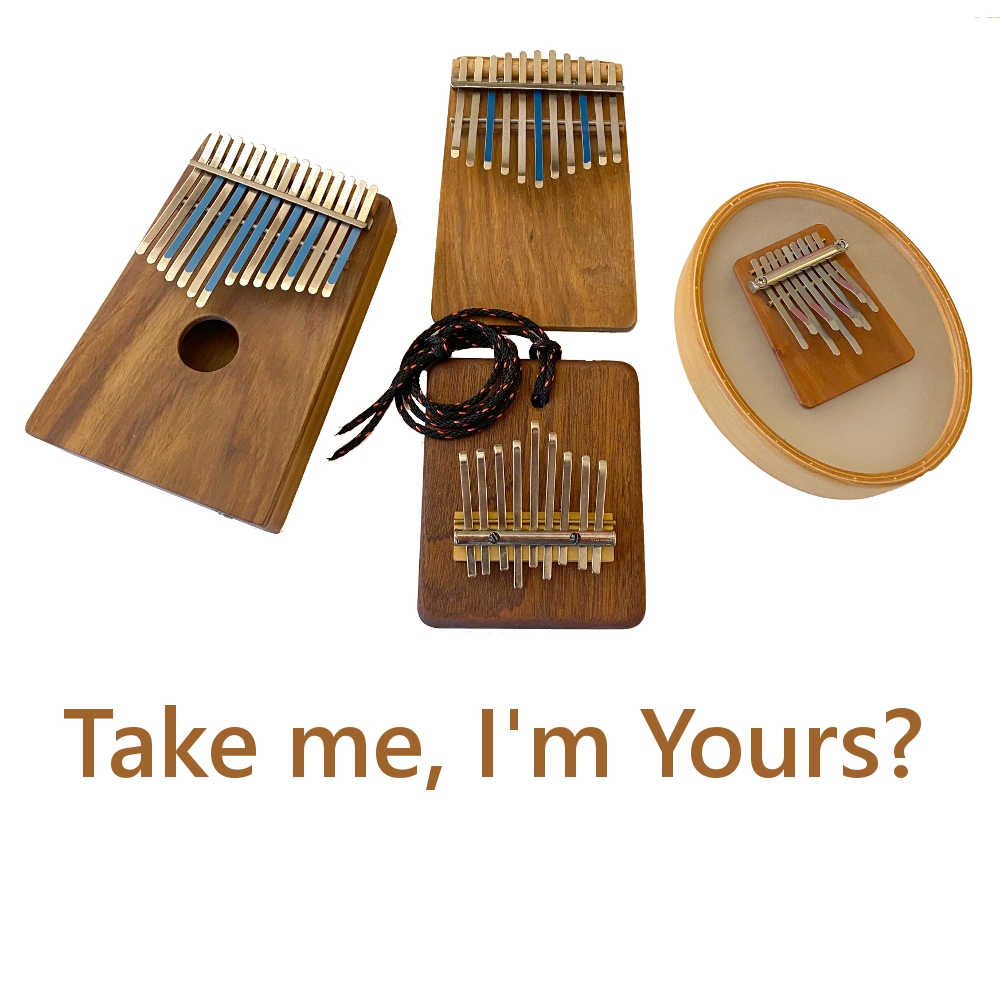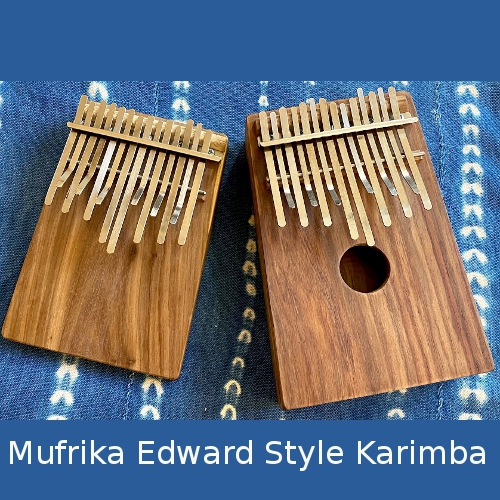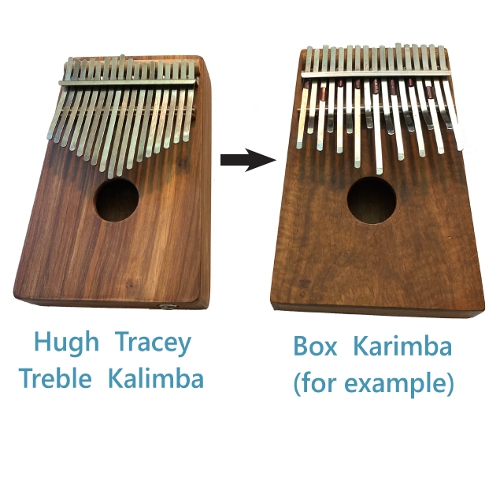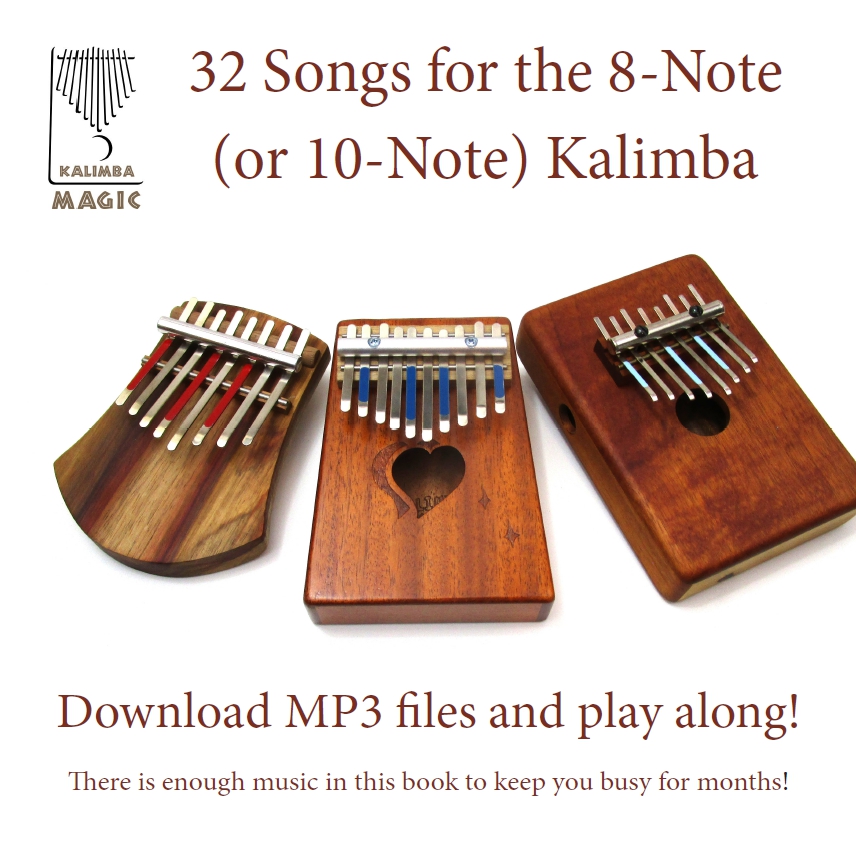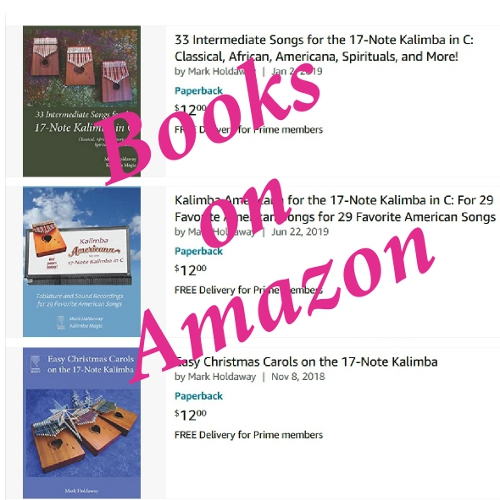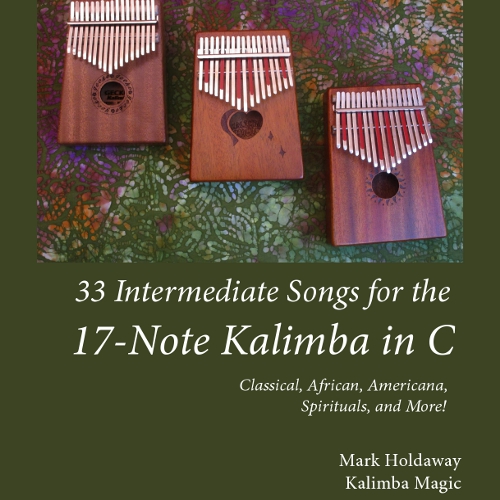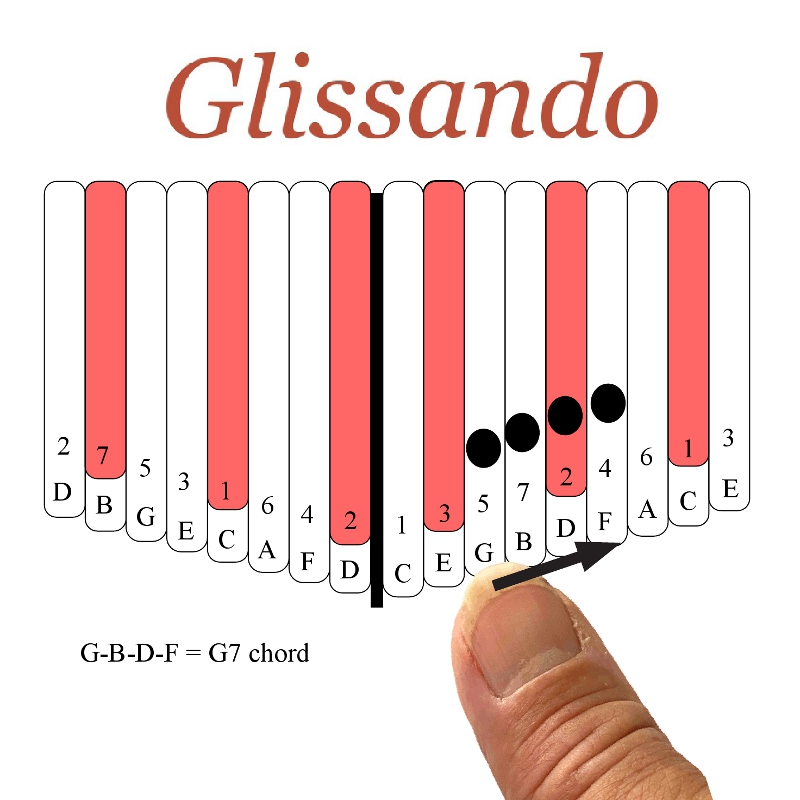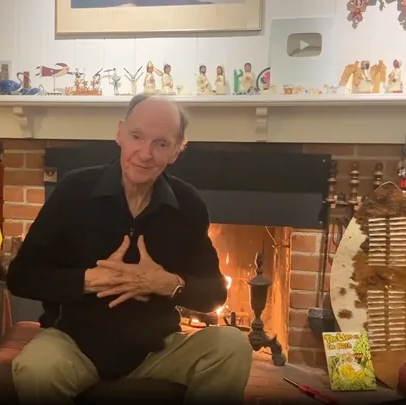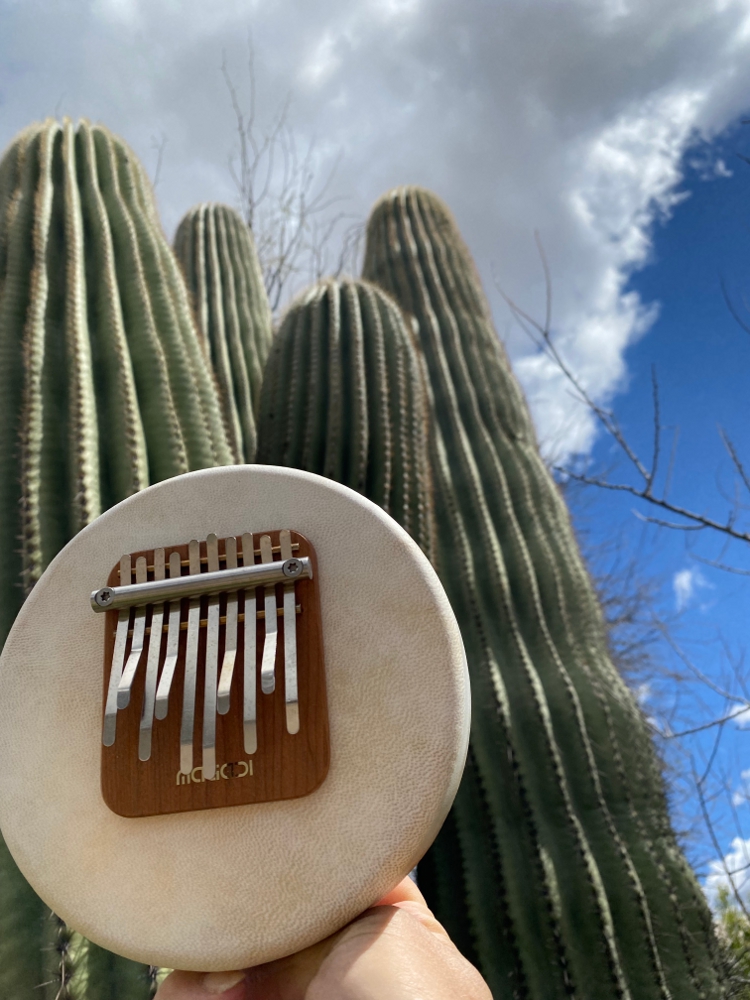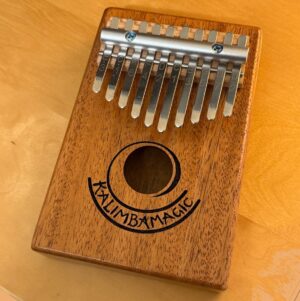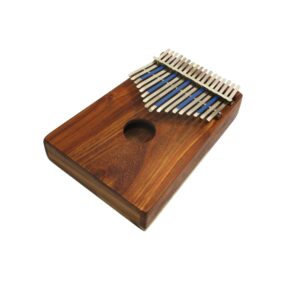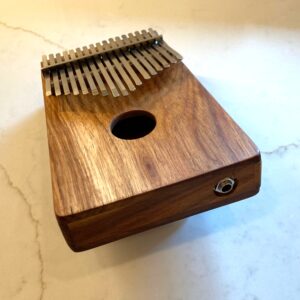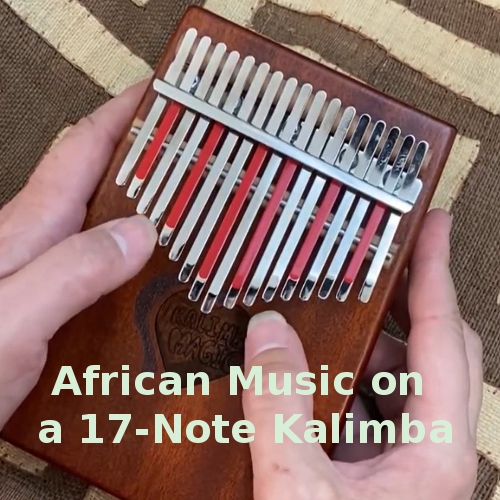
African Karimba Songs on the 17-Note Kalimba in C
The PDF eBook “33 Intermediate Songs for 17-Note Kalimba in C” has a bunch of African music. Now also available as a hard copy book. Here is a video of one of the songs, Bustu MTandari: These are mostly songs from the tradition of the Karimba, or mbira nyunga nyunga. The notes of the Karimba are a subset of the notes on the 17-Note Kalimba, so anything you can play on the Karimba can also be played on the 17-Note in C. And by the way, “kalimba” and “karimba” are two different instruments. Read here if you don’t know this: Is it Kalimba, Karimba, or Mbira? It turns out the
